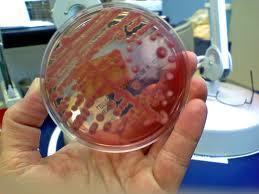General information:
Pseudomonas aeruginosa is o bacterium common which can be <span class= "hps ">provoca boli to animal, inclusive to humans. It is found in sol, pa, flora pieliai, si most of man <span class= "hps "> worldwide. It is developing not only in normal, dar, so <span class= "hps ">in ><span class atmospheres= "hps ">hipoxice.
Referential after which the analysis is performed:
The analysis of the determination of Pseudomonas aeruginosa to drinking water is performed in its own laboratory according to the standard national EN ISO 12780.
Principle of the method:
Determine Pseudomonas aeruginosa is performed using the membrane filtration system.
Canss of sample rejection – amount of unsuitable sample, samples collected in inappropriate containers, samples not properly labelled, etc.
Columient – sterile container required. (purchased commercially - human pharmacies or requested from the laboratory).
The amount of sample required to perform the analysis - minimum 250ml.
Processing required after harvesting – not required.
Stable sample – freshly harvested water is stable for 3 hours at a temperature of 2...50C.
The analysis method - filtrations through the
Reference values according to the Law of Drinking Water 1)
| Parameter / Unit of measurement | CMA value (Maximum permissible concentration) |
|
| absent |
| - it is determined for bottled water in bottles or other containers |
Recommendations for performing the analysis/ Effects of exceeding the reference values
Pseudomonas aeruginosa has adverse effects on human health. Most people with infection will have the following symptoms:
- cramps in the stomach and sensitive abdomen
- initially aqueous diarrhea that can become sanguinolent evolution
- weight and vomiting.
In order to reduce the level of bacteria in the water, a series of methods of water chlorination can be applied depending on the severity of the infestation or UV lamps can be used.






